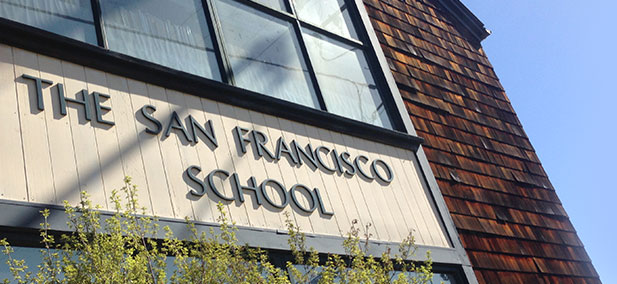Science
The 8th Grade Physical Science program takes students on a journey into the world of actions, reactions, force and motion - the world of Chemistry and Physics.
The primary goal is to spark students’ natural curiosity about the world around them and compel them to ask questions, conduct independent investigations, and seek unique solutions as they explore matter, chemical reactions, and the laws of physics. Throughout this course, students use evidence to support claims, evaluate data, and draw logical conclusions.
Hands-on class activities are uniquely developed to explore the scientific method, design thinking/engineering design process, matter, atomic structure, the periodic table of elements, chemical reactions, force, motion (including Newton’s Laws of Motion), and amusement park physics. We use a variety of resources, including the Discovery Education Science Techbook, as well as various technology applications including (but not limited to) Quizlet, Sutori, Socrative, and Flipgrid video, allowing students to demonstrate mastery of key course concepts in differentiated ways.
Topics include robotics; matter; atomic structure; chemical reactions; social justice (HeLa cells and the story of Henrietta Lacks) and the ethics of scientific experimentation; motion and force; and roller coaster physics.
Essential Questions
- How do I think and behave like a scientist?
- How do atoms interact to construct matter?
- What role does physics play in how a roller coaster works?
- How can robotics technology further impact our future in a positive way?
Learn more about our Science program in the Curriculum Guide.
